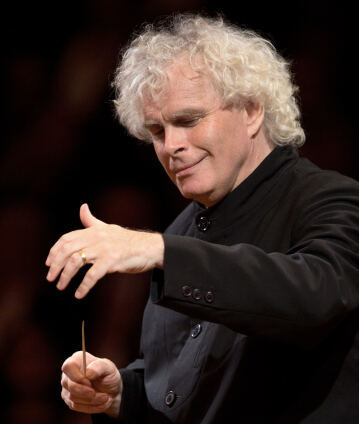Simon Rattle dirige un concert « à la française »

Si la réputation mondiale de Maurice Ravel repose essentiellement sur son Boléro, le ballet Daphnis et Chloé est généralement considéré comme son véritable chef-d’œuvre. Sous des dehors enjoués, cette partition lumineuse renferme aussi une part d’angoisse et de brutalité. Sir Simon Rattle présente par ailleurs deux séduisantes raretés : Figure humaine, une cantate de Francis Poulenc à la beauté tendre et gracile, et l’adaptation pleine d’humour du Livre de la jungle par Charles Koechlin.
Berliner Philharmoniker
Sir Simon Rattle
Chœur de la Radio de Berlin
Gijs Leenaars
© 2016 Berlin Phil Media GmbH
Artistes
Nos suggestions
- Kirill Petrenko dirige « Elias » de Mendelssohn
- Kirill Petrenko dirige la Neuvième de Beethoven à la Porte de Brandebourg
- Jakub Hrůša dirige le Stabat Mater de Dvořák
- Daniel Barenboim dirige le Requiem de Verdi
- Claudio Abbado dirige une « Nuit italienne » à la Waldbühne
- Adam Fischer dirige Mozart et Haydn